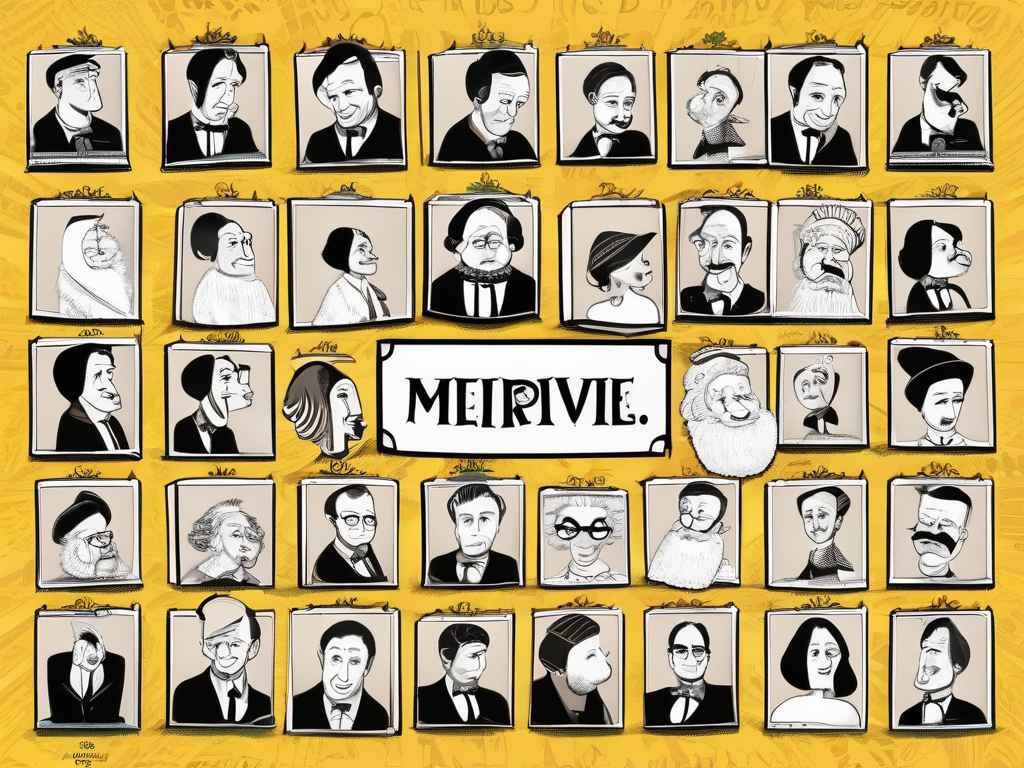
## Behold, the Miracle of Slightly Less Terrible Language Models
Right. Let’s talk about this… *thing*. This 3.12 billion parameter marvel, apparently destined to revolutionize communication and usher in an era of unparalleled creative expression. They call it something that sounds like a particularly awkward nickname for a small rodent, and the marketing materials are practically vibrating with breathless anticipation. Frankly, I’m not convinced it hasn’t just materialized from a fever dream fueled by lukewarm coffee and excessive optimism.
You see, we’re told this linguistic behemoth is going to change everything. It will write our poems! Compose our symphonies! Craft the perfect passive-aggressive email to your Aunt Mildred about her questionable fruitcake recipe! Because, you know, that’s *exactly* what humanity needs right now.
I tested it, of course. Had to, didn’t I? For science. The results were… predictable. It can string sentences together. It occasionally produces something resembling coherent thought. But try asking it for anything remotely original and watch the gears grind in its digital brain as it regurgitates a blend of internet clichés and phrases lifted directly from better, already existing sources.
It’s like teaching a parrot to recite Shakespeare – impressive on some level, but ultimately lacking in genuine understanding or soul. The sheer volume of parameters apparently translates into an uncanny ability to mimic human writing styles. It’s the digital equivalent of a really convincing method actor who only knows how to play “slightly enthusiastic.”
Don’t get me wrong, progress is good. But let’s not pretend this is some earth-shattering breakthrough that will liberate us from the drudgery of actual creation. It’s just another tool. A slightly fancier, slightly more verbose tool. And I suspect its primary function will be generating an endless stream of corporate buzzwords and vaguely inspirational LinkedIn posts. Bravo. Really. Just… bravo.